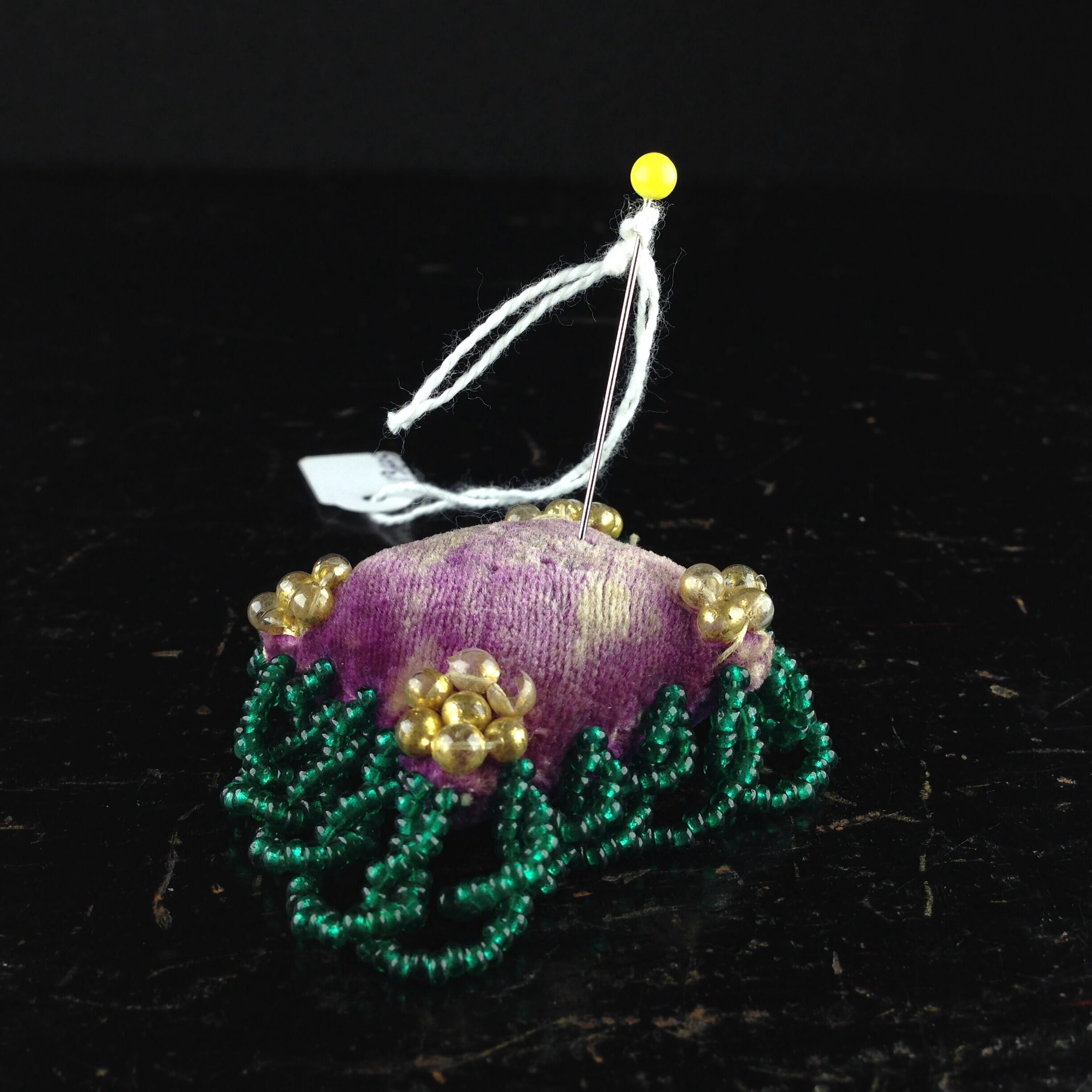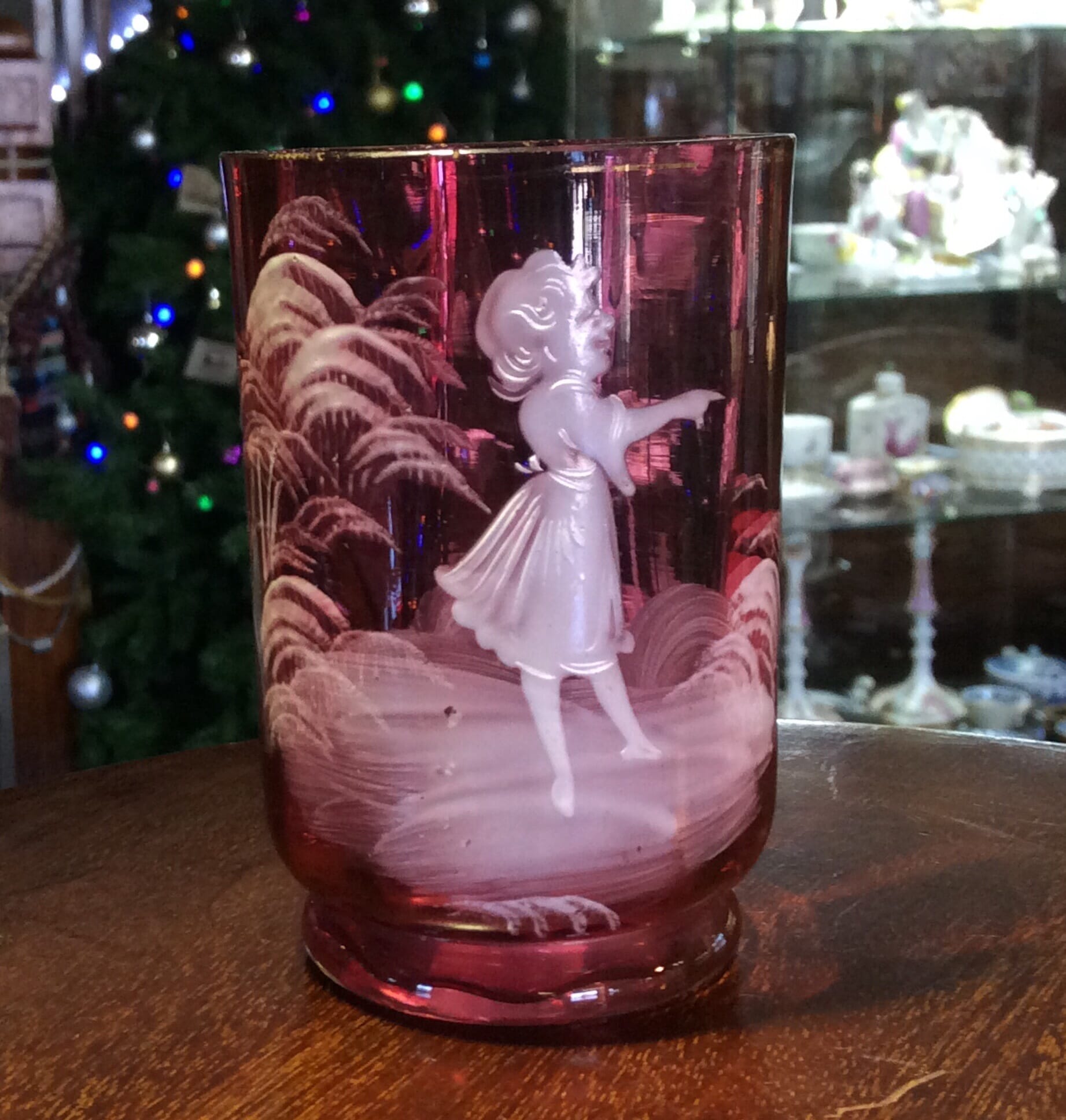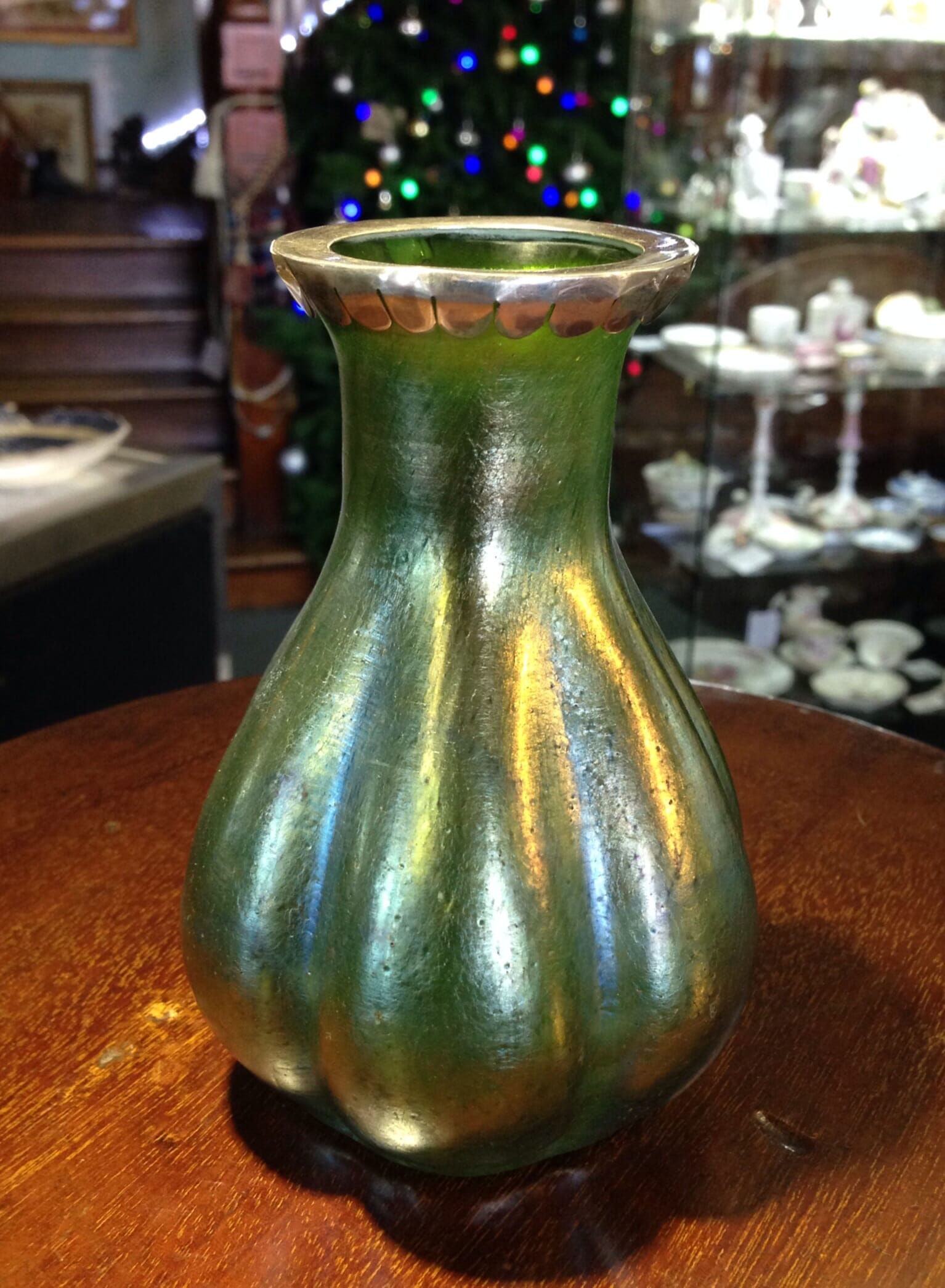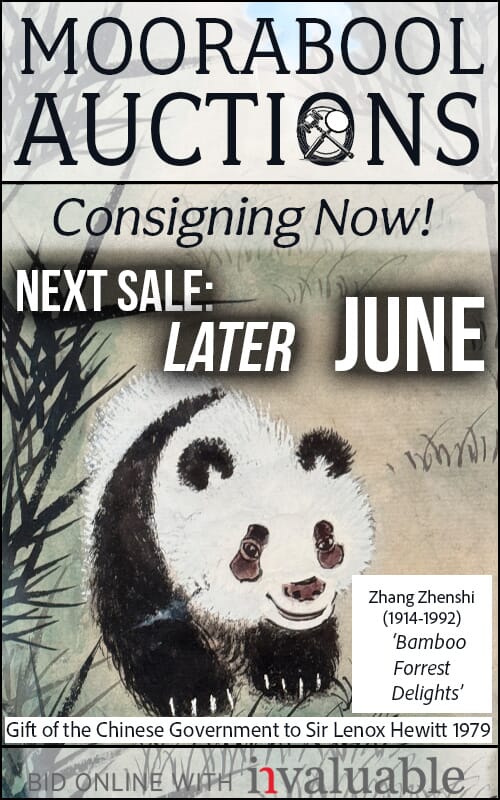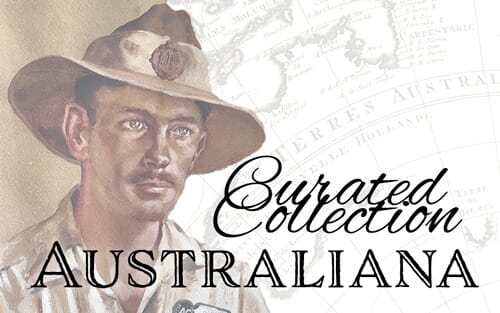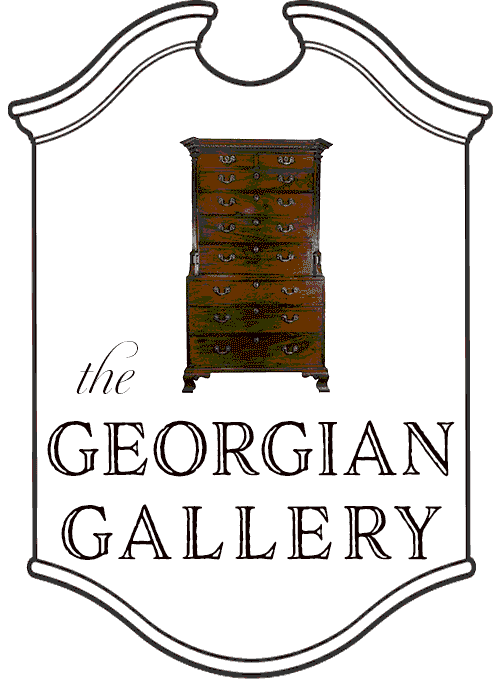Frederick Strange – ‘View of Launceston’, Important Colonial Masterpiece c. 1858
Sold
Frederick Strange (c.1807-1873)
‘View of Launceston’ , watercolour
Depicting the city as viewed from near present-day Sandy Hill, a heavily-laden flour cart drawn by a four-horse team in the foreground.
Unsigned,
circa 1858
35.7cm wide, 22cm high
Condition: good, some minor discolouration & small flaws, colours unfazed, unframed
Provenance: Collection of Clifford Craig, thence by descent
This superb rarity is an example of a rare colonial convict artist.
Frederick Strange was born in 1807, and claimed to be a ‘portrait and house painter’ from Nottingham, when in 1837 he was arrested for robbery in Colchester. The name ‘Frederick Strange’ may well have been an alias given to the court at this time. Sentenced to Transportation for Life to Van Diemans Land, he arrived in 1838. By 1841 he was employed as a Government messenger, and granted a pass the same year. He set himself up in Launceston as a portrait painter and art teacher. He received his conditional pardon in 1849, and throughout the 1850’s was actively painting and exhibiting his works. His advert in 1855 advertised ‘Lessons given in Landscape Drawing, Portraits painted in oil, or taken by Daguerreotype’.The reference to Daguerreotype photography is interesting, as the 1850’s is the period of rapid growth in the area of photography, to the detriment of artists. Strange certainly seems to have been impacted; in 1862 his studio was taken over by a photographer, and by 1867 his profession is listed as ‘Grocer’.
The interest in convict artists developed in the first half of the 20th century. For Frederick Strange, the key researcher who ‘re-discovered’ him was Clifford Craig. Coming from Melbourne to practice as a doctor in Hobart in the 1920’s, where he fell in love with the early colonial history.
Together with his wife Edith, (who was the driving force behind the establishment of the National Trust of Australia in the 1960’s), the Craigs accumulated a collection of colonial furniture that came to be considered one of the best of its kind in Australia. Having amassed an extensive assortment of early ‘Tasmaniana’, comprising documents, books, maps and prints, they sold 2350 items at a three-day auction at Launceston in 1975.
Prior to this he co-published Early Colonial Furniture in New South Wales and Van Diemen’s Land in 1972.
In 1963 he wrote (along with Isabella Mead) the first in-depth examination of Frederic Strange, ‘Frederick Strange – Artist – c.1807-1873’ , published in the Papers and Proceedings of the Royal Society of Tasmania.
He lists the known Strange works at the end of his article – 35 in total, all in public collections except for the final two, which are ‘… privately owned in Hobart but no details are available’….
This painting doesn’t appear on his 1963 list, and may well have been one of the two works in Hobart, or an example he found in subsequent years. It was inherited by his son, and the last artwork kept by him as he downsized, before coming to Moorabool Antiques.
In 2017, an exhibition titled ‘The Enigmatic Mr Strange’ was held at the Queen Victoria Museum and Art Gallery, Launceston. Alongside a number of oil paintings, there are 30 watercolours. One is remarkably similar to this example – “Launceston from the South – Westbury Road – late 1850’s”. Its viewpoint is positioned slightly to the left of our watercolour’s viewpoint, but includes the same post-in-rail fence, and apparently the same cart with three brown horses and one white. Both examples were surely painted close together – circa ‘late 1850’s’.
Read our Discussion of this important piece of colonial art here >
– including some newly discovered documentation on his earliest Tasmanian experiences.
-> The 1963 article can be read in full here ->
| Condition | |
|---|---|
| Size | |
| References |

